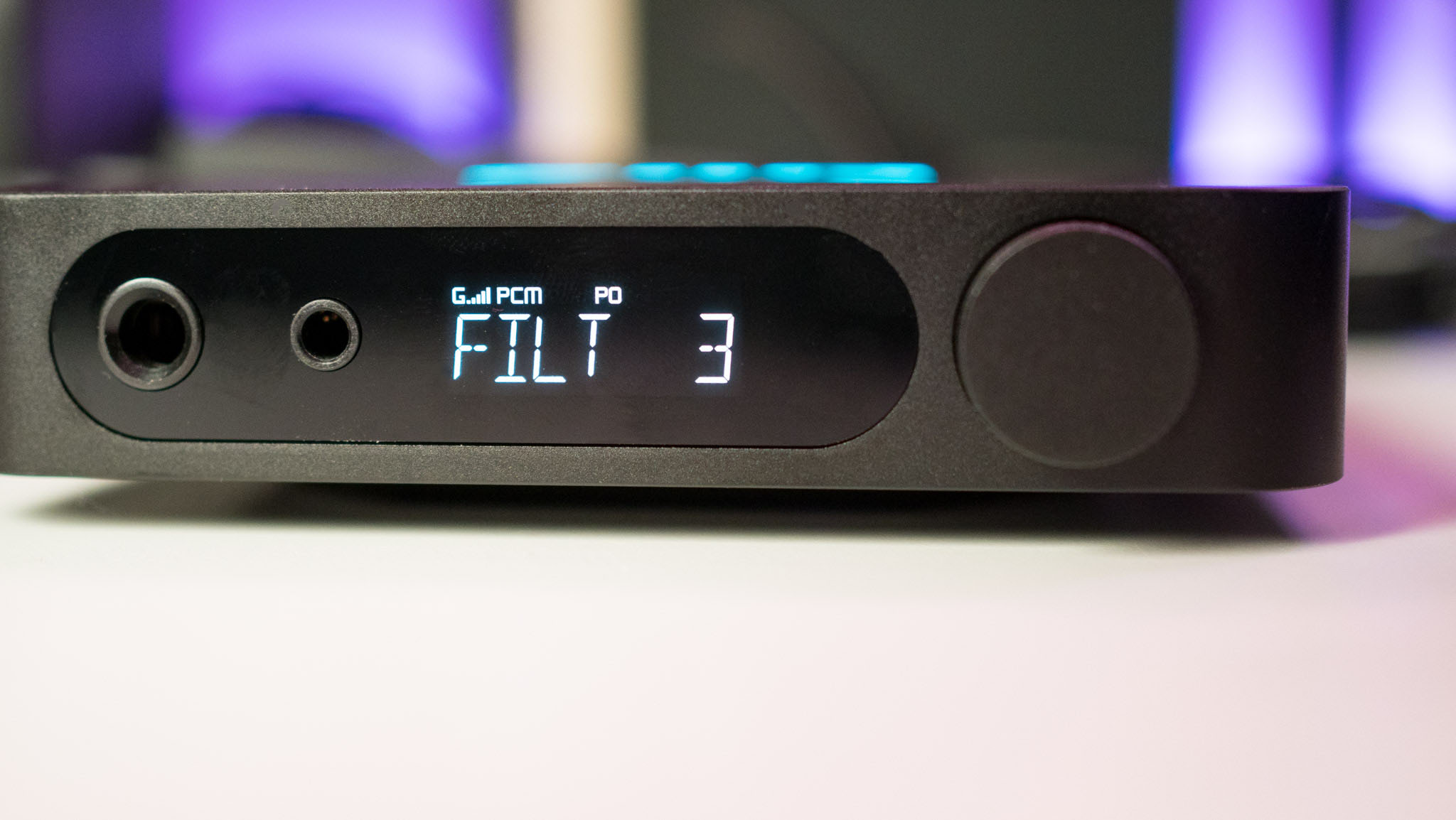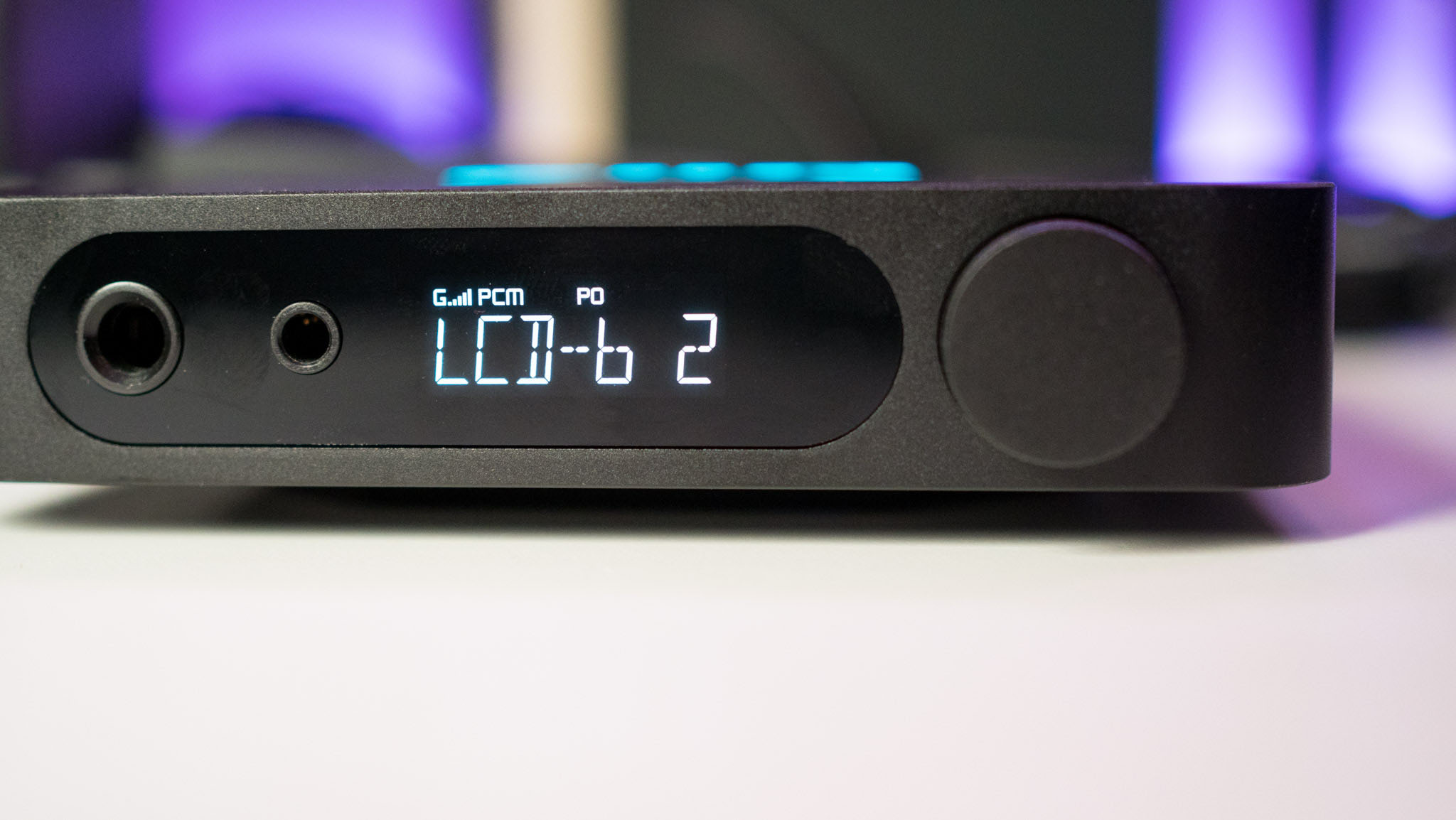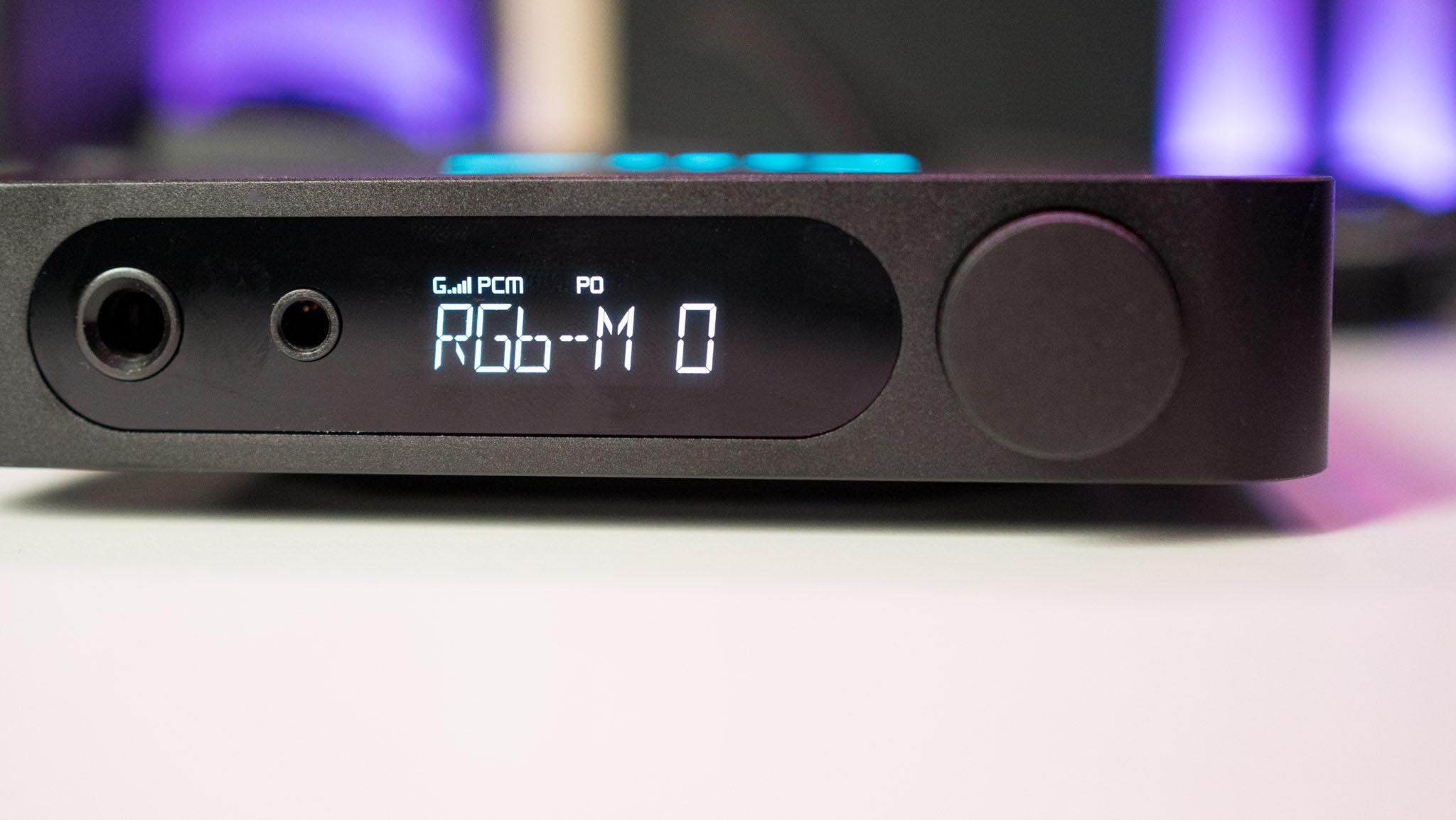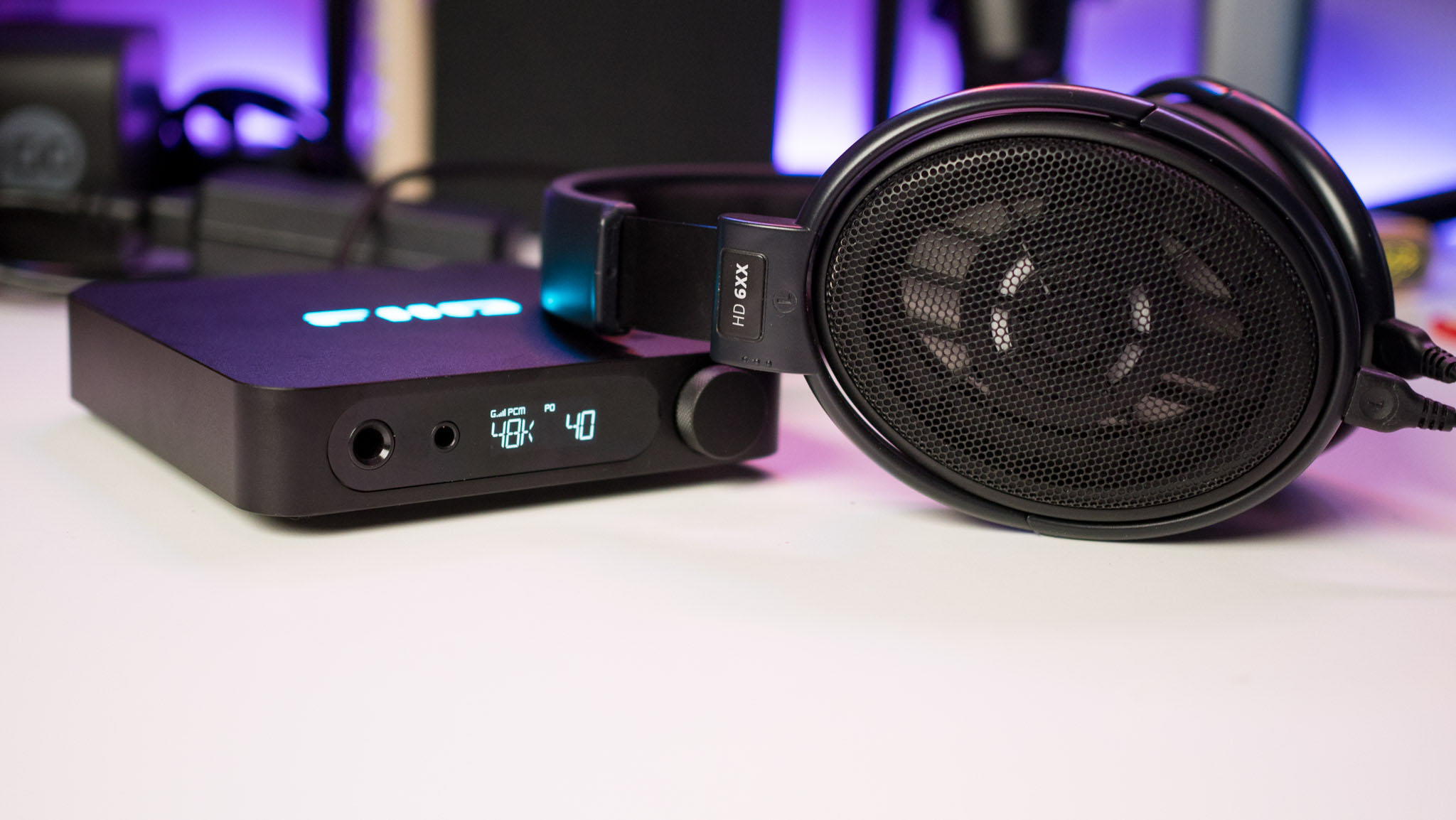
Fiio is at its best when coming up with budget DACs; the Chinese audio brand dominates this category thanks to the portable BTR5 and BTR7, and it also has a good showing with the K5 Pro and K7. When I reviewed the K7 last year, I called it the best DAC you can get at $200, and that continues to be the case in 2024.
With the introduction of the K11, things are getting a little interesting. The K11 is a balanced DAC with a 4.4mm out, and that already makes it a better option than the K5 Pro, which is limited to a 6.35mm out. The K11 also has a sleeker design that looks great, and you even get a screen that shows real-time playback information.

But what you'll really like is the price; the Fiio K11 is available for just $129 on Amazon, and that is an incredible value considering the number of features you're getting with the DAC. I used all of Fiio's products in the K series, and I think the K11 may just be the best option if you're looking to maximize value.

As always, let's get started with the design. The K5 Pro and K7 had the same design aesthetic, and while it served a utility, they weren't going to win any awards in this area. But with the K11, Fiio clearly put a lot of thought into the design, and the result is that the DAC looks good. It has a rectangular chassis with a thin profile, and the overall aesthetic looks clean and elegant.

Fiio's new logo is emblazoned at the top, and as you'd imagine, it has RGB lighting. Up front, you get 6.35mm and 4.4mm out, and a volume knob that acts as a multifunction dial — no messing with gain toggles and so on. My favorite feature is the inclusion of a small LCD panel that shows you source bitrate and volume level. The screen is bright and easily readable, and it is great to see the brand adding this feature to its products.




The good news continues at the back, with the K11 connecting to source devices via USB-C. This makes it highly convenient to just use a standard USB-C to USB-A cable to plug it into a Windows machine or a MacBook. You also get optical, coaxial, and RCA ports at the back, and on the connectivity side, there isn't much missing.

Well, almost. The K11 doesn't have any Bluetooth connectivity, with that option limited to the likes of the K7 BT and K9/K9 Pro. Regardless, that isn't a huge omission considering just how much the K11 costs, and for a budget DAC, you get a lot of value. Rounding off the design, there's a large silicone pad underneath that ensures the K11 stays planted on a desk.

Like other Fiio DACs, the RGB indicator changes color based on source quality; cyan for playback under 48KHz, yellow for 48KHz and above, and green when playing DSD content. Of course, this isn't needed now that you get an LCD panel, but it is a cool addition nevertheless.

The multifunction dial serves as the default power button, and you can use it to change settings. Long pressing the front of the dial gets you to the settings menu, and a short press lets you change individual parameters. You get the ability to change the gain — you can set low, medium, and high — change the line out, adjust filters, tweak the brightness of the panel and its timeout, and configure RGB lighting — all without having to use Fiio Control.
This is a refreshing change of pace, and I want Fiio to include a similar settings interface into all of its DACs; it's just more convenient to use than pulling up the mobile client. On that note, you don't need any drivers to use the K11 with a source driver — just connect it to a Windows machine via the USB-C cable, and you're good to go. This play-and-play design means the K11 can be used with game consoles as well.
The K11 uses a Cirrus Logic CS43198 DAC paired with two SGM 8262 amplifiers, and it delivers 32-bit/384KHz and DSD256 in USB mode. Coming to the sound, Fiio DACs tend to have a neutral sound that brings out the best in your audio gear, and that's no different with the K11. You get a neutral sound that doesn't add any warmth to the sound, and you get a balanced sound with plenty of clarity and a wide soundstage.

A good choice with this DAC is the Sennheiser HD598 and HD6XX, and it is able to drive both headsets without any issues whatsoever. It did a particularly great job with the HD6XX, allowing the headset to come into its own, and I also tested it with the Audeze MM-500, and it held up incredibly well.

The biggest difference between the K7 and K11 is the power; the K7 is able to deliver higher power, so if you're using a demanding planar headset and want to get the most out of it, then yes, get the K7. But the K11 does a decent enough job in this area, managing to deliver 1400mW of power at 32Ω over the 4.4mm port and 720mW at 16Ω via the 6.35mm port. So for anything but the most demanding of audio gear, the K11 holds up incredibly well.
Where the K11 truly shines is delivering a clean sound that sounds fantastic, and honestly, I don't see why you'd need to by anything else in this segment.
The K11 has a sleek design, balanced 4.4mm and single-ended 6.35mm ports, and a tiny LCD that shows playback information. You get a great sound and the ability to drive demanding audio gear, and honestly, the K11 is a terrific choice at just $129.







